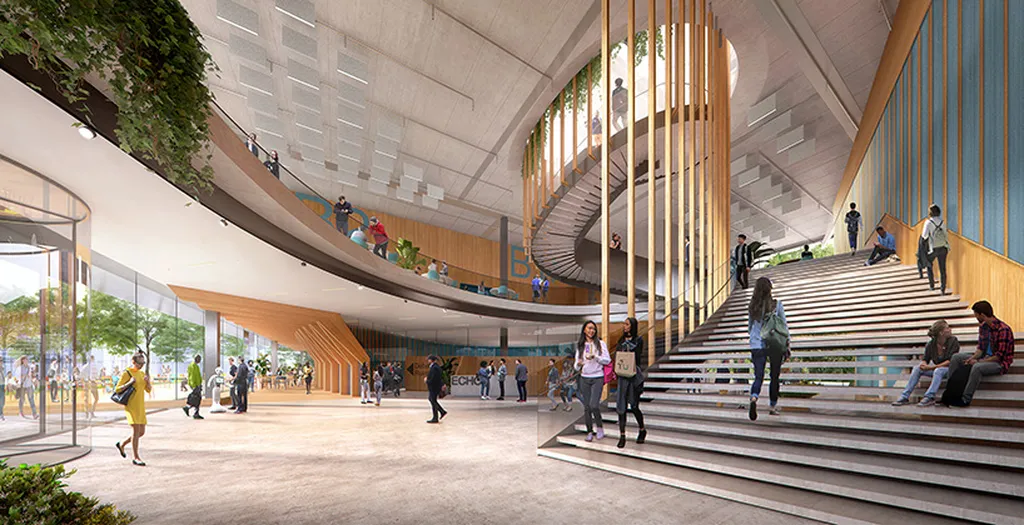In the quest for sustainable building materials, cardboard has emerged as a contender, but its eco-friendliness is not as straightforward as it may seem. Jerzy F. Latka, a researcher from TU Delft’s Architecture and the Built Environment faculty, delves into the complexities of using cardboard as a sustainable construction material in a study published in ‘A+BE: Architecture and the Built Environment’, which translates to ‘Architecture and the Built Environment’.
Cardboard’s green image is often leveraged for marketing purposes, but Latka argues that sustainability is a multifaceted concept that goes beyond mere appearances. “A green approach to the built environment involves a holistic approach to the design of buildings,” states Latka, quoting Robert and Brenda Vale. This means considering all resources that go into a building, from materials and fuels to the users’ contributions.
The study highlights that sustainable development prioritizes meeting the essential needs of the world’s poor and acknowledges the limitations imposed by technology and social organizations on the environment’s ability to meet present and future needs. Sustainable construction aims to extend the life cycle of buildings, increase flexibility in functional and spatial layout, and promote recycling of materials post-demolition.
Latka’s research breaks down the life cycle of a building into four stages: pre-construction, construction, post-construction, and demolition. The life cycle of materials includes production, construction, usage, demolition, recycling, reusing processes, or final disposal. The total life-cycle energy use of a building encompasses both operating energy (heating, cooling, lighting) and embodied energy (energy used in the production and transportation of materials).
To assess the environmental performance of cardboard as a building material, Latka uses several environmental categories, including resource extraction, recyclability, energy use, durability, maintenance, and emissions. The study emphasizes that higher sustainability can be achieved by reducing raw material use, minimizing resource loss during production and construction, and ensuring that recycled materials can be reused at their original quality level.
This research could significantly impact the energy sector by promoting the use of materials with higher thermal insulation values or greater thermal mass, thereby reducing operating energy. It also underscores the importance of adapting projects to local natural conditions to enhance sustainability.
Latka’s work challenges the construction industry to look beyond the surface-level appeal of materials like cardboard and consider their holistic impact on the environment. As the built environment continues to evolve, this research could shape future developments by encouraging a more comprehensive approach to sustainable construction.

